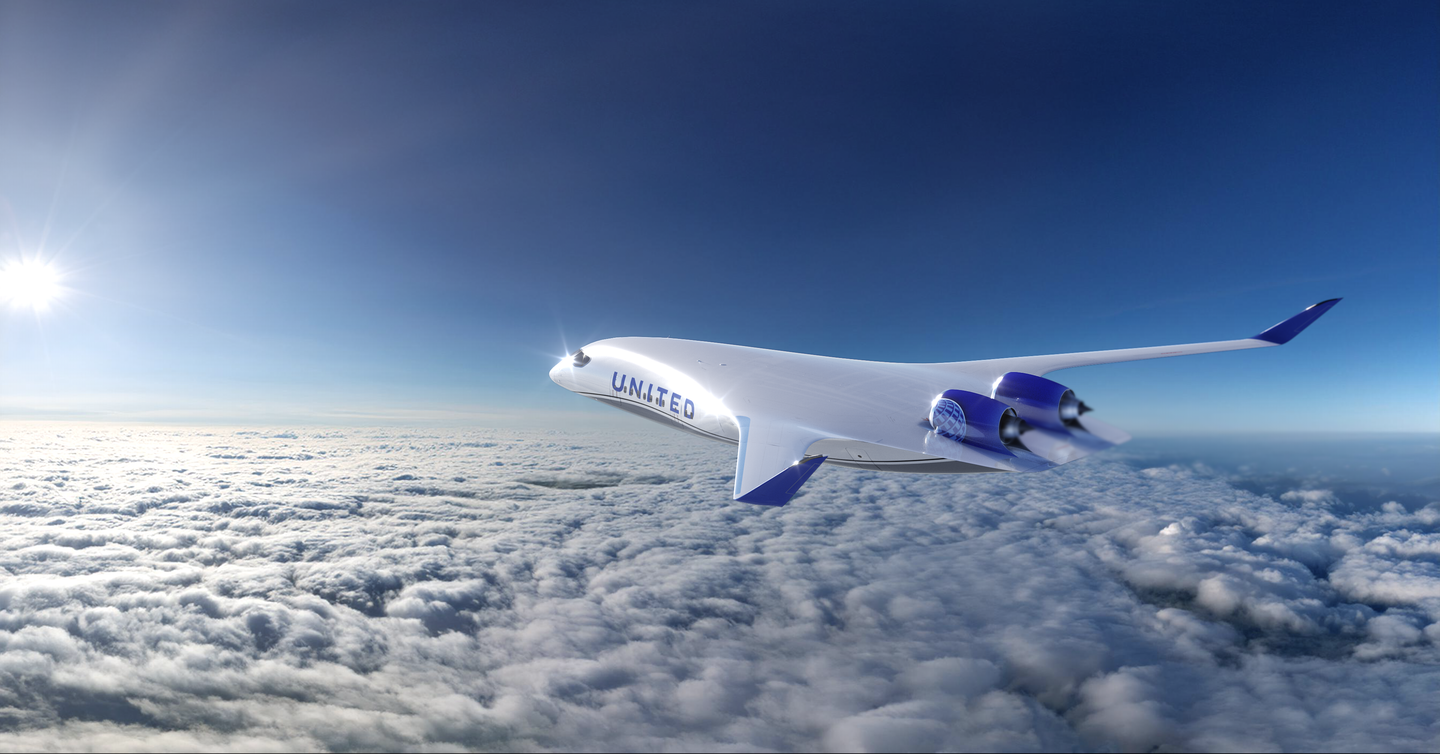
In April, 2003, a Beech B200 King Air on approach to Fitchburg, Massachusetts, crashed about a mile from the airport. It had made a normal approach before overflying the runway, making a couple of steep turns and then diving into a single-story industrial building, penetrating the wall just below the roof. Of the King Air's seven occupants, only one survived, with serious injuries; a person in the building was also hurt. The accident happened in midmorning. The local weather at the time was marginally VFR, with a broken ceiling at 1,100 feet and three miles visibility in mist. The King Air had left Hanscom Field, near Boston, earlier in the day, and had flown to La Guardia to emplane the passengers, two of whom were to be dropped at Fitchburg before the rest continued to Martha's Vineyard. The airplane was cleared for the GPS Runway 14 approach at Fitchburg at 9:21 a.m. The Boston TRACON controller asked, "You just gonna go to the VOR and turn inbound on the approach?" The VOR in question was presumably Gardner, located due west of the airport. The pilot concurred, but then added on second thought, "Actually, I suppose direct with that ATIS would be okay." Asked to repeat the transmission, the pilot said, according to the NTSB's transcription, "Direct adiss (sic) or whatever you call it would be fine too." Either the pilot misspoke or the transcriber blundered, because the word rendered as "adiss" was probably intended to be "kenat," the final approach fix. A few minutes later the pilot said that he was "on the way to whatever it's called," and, on being asked to repeat himself, he said, "Direct kenat." There was one more exchange regarding cancellation after landing, and then no further communication between TRACON and the aircraft. The pilot then called unicom to inquire about braking action, which was reported to be fair. The pilot (or possibly the pilot-rated passenger in the right front seat) then asked whether there were any aircraft in the pattern or vehicles on the runway. To the unicom talker's "Negative" the King Air replied, "Well, if there is anyone on the runway tell them to get off, because we're coming in!" Radar records showed the King Air descending on the approach course at a groundspeed of 120 knots-slightly more than 1.3 VS-and crossing the final approach fix, 6.5 miles from the runway, at the correct altitude, 2,800 feet. It descended on course, passing the missed approach point at 1,600 feet. At this point it was high; 1,660 feet-1,310 agl-is the crossing altitude for an intermediate fix located 3.2 miles before the MAP. Continuing to descend, the King Air crossed the runway threshold at the minimum descent altitude of 1,000 feet agl and flew on for 40 seconds, descending to 800 agl with little change of heading before dropping below radar a mile from the departure end of the runway. A witness on the ground, who had heard the approaching airplane's conversation with unicom and had gone outside to watch its arrival, described it "going in and out of low scattered clouds" as it flew directly over the runway. It then turned slightly to the right in order to transition to a left downwind for Runway 32. On downwind it was "in close, very slow and low." It made a steep base-to-final turn, "90 degrees wings up," and disappeared behind the treeline. Several other witnesses also observed the King Air's final moments. One, who characterized the weather as "extremely poor" with freezing rain and a low cloud deck, described the airplane flying "extremely slow … just above the tree line and just below the cloud deck." Another confirmed that the base-to-final turn was "so sharp that the wings were vertical," while a third estimated the big twin turboprop's height as 450 feet in the turn, with its nose "held level, until the airplane stalled and descended to the ground." A correspondent on an internet newsgroup reported, somewhat more plausibly, a 70-degree bank "in way too tight," followed by application of full power and an attempt to level off, after which the airplane "just sank sideways" into the building.
With a broken ceiling at 1,100 feet, a minimum descent altitude of 1,000, and visibility somewhat restricted by mist and possibly rain, it seems likely that the pilot did not catch sight of the runway or its environment in time to continue his descent to the runway. The missed approach calls for a climbing left turn to 3,500 after the MAP; but he must have caught sight of the runway just after passing the MAP, when he was too high to land on Runway 14, and decided to do a circling approach-the wind was 070 at nine knots-to Runway 32. The surviving passenger, a 13-year-old girl, thought the approach normal until the downwind-to-base turn, in which she perceived the airplane to be so steeply banked that it was "almost completely upside down." It leveled out briefly, then made another very steep turn, then leveled again "just for a second" before diving toward the ground. She was not disturbed by the steep banks, however, because she had ridden with the pilot-a 6,000-hour ATP and flight instructor-on earlier occasions and knew that he "liked to make sharp turns." On the basis of witness accounts and radar records, it would seem that this accident was a textbook illustration of the potential pitfalls of circling approaches. In marginal conditions, it is left to the pilot to reconcile the competing imperatives of keeping the runway in sight and making turns in a safe fashion. Safety in turns means moderate bank angles and an ample speed margin above the stall. In order not to lose altitude in a 70-degree bank, an airplane must pull nearly three Gs; the King Air's stalling speed, in its approach configuration at the time of the accident, would be 150 knots. It's possible, of course, by unloading the wings and allowing some loss of altitude, to make a 70-degree bank without such a drastic increase in G loading and stalling speed; and for that matter the real bank angle is unknown. But it seems apparent that whatever combination of sink rate and bank angle the pilot used was the wrong one, because the airplane stalled. There turned out to be more to this accident, however, than just pilot technique and in-flight decision-making. About 15 months before the accident the 49-year-old pilot had gone to the hospital complaining of "head to toe body aches … explosive headaches … [and] episodes of not knowing where he is." His medical history included seizures and migraines, and he was regularly taking Tegretol, an anti-seizure medication, as well as aspirin. After a spinal tap had been performed, he was diagnosed with viral meningitis. A year later, about 10 weeks before the accident, the pilot was examined for multiple abscesses on his right arm. The pilot declined treatment, saying that he needed to work the following day, although the doctor explained that leaving the condition untreated risked potentially grave systemic infections. Five days later, having determined that the cause of the abscesses was staph aureus, a bacterium that many people carry around harmlessly in their noses, the hospital doctor called the pilot to recommend treatment with intravenous vancomycin. The doctor warned the pilot about the risks of piloting an airplane if a blood-borne bacterial infection developed. Methicillin-resistant staph aureus infections, which this one was, are, in fact, sometimes fatal. It is not clear whether or not the pilot took the doctor's advice, but two weeks later he was again at the ER, having fallen from some stacked boxes while washing his airplane. On this occasion, he reported a history of seizures and that his medications included Tegretol. His primary physician saw him the next day, and again three weeks later, for intermittent but incapacitating shooting pains in his left side. The cause of this condition was unknown, but according to his doctor carbamazepine-the generic name of Tegretol-seemed to alleviate it. In addition to anti-seizure and pain medication, she reported, the pilot also regularly took imipramine, an antidepressant. Both imipramine and carbamazepine can impair cognitive and psychomotor skills. After the accident, the FAA Toxicology Laboratory found these drugs and their metabolites, as well as morphine, a metabolite of the painkiller codeine (and, incidentally, of heroin), in the pilot's blood and urine. The pilot had last renewed his medical certificate a year before the accident. Although he was already using both imipramine and carbamazepine regularly at that time, he did not say so on his application. In fact, he indicated that he was not taking any medication, that he did not suffer from any neurological disorders, and that he had not seen a doctor in the past three years. The National Transportation Safety Board found that the probable cause of the accident was "the pilot's low altitude maneuver using an excessive bank angle, and his failure to maintain airspeed, which resulted in an inadvertent stall … a factor was the pilot's impairment from prescription medications." Evidence of a connection between medications and a particular piloting error can never be more than circumstantial; after all, this pilot had flown safely for years while medicated and, on the other hand, plenty of others have crashed in similar circumstances, and for similar reasons, without pharmacological assistance. But the circumstantial evidence implicating his medications seems more persuasive in this case than in many others. Impairments caused by drugs resemble hypoxia in that they may not be apparent to the subject. Presumably the King Air pilot felt that his medications had resolved his physical problems and that he was able to fly perfectly well. He seems, furthermore, to have had a "press on regardless" attitude bordering on denial. But there was doubtless another factor in his decision to falsify his medical history to the FAA. To report his conditions and the medications he took for them would have cost him his medical certificate, his livelihood, and the activity that was perhaps dearest to him. This is a lot to ask a person to give up for the sake of honesty. Most people hesitate to ruin their own lives. That other people's lives could also be at stake is a factor that a person hastily filling out the medical application might conveniently fail to consider. This article is based solely on the National Transportation Safety Board's report of the accident and is intended to bring the issues raised to the attention of our readers. It is not intended to judge or to reach any definitive conclusions about the ability or capacity of any person, living or dead, or any aircraft or accessory.

Sign-up for newsletters & special offers!
Get the latest FLYING stories & special offers delivered directly to your inbox






